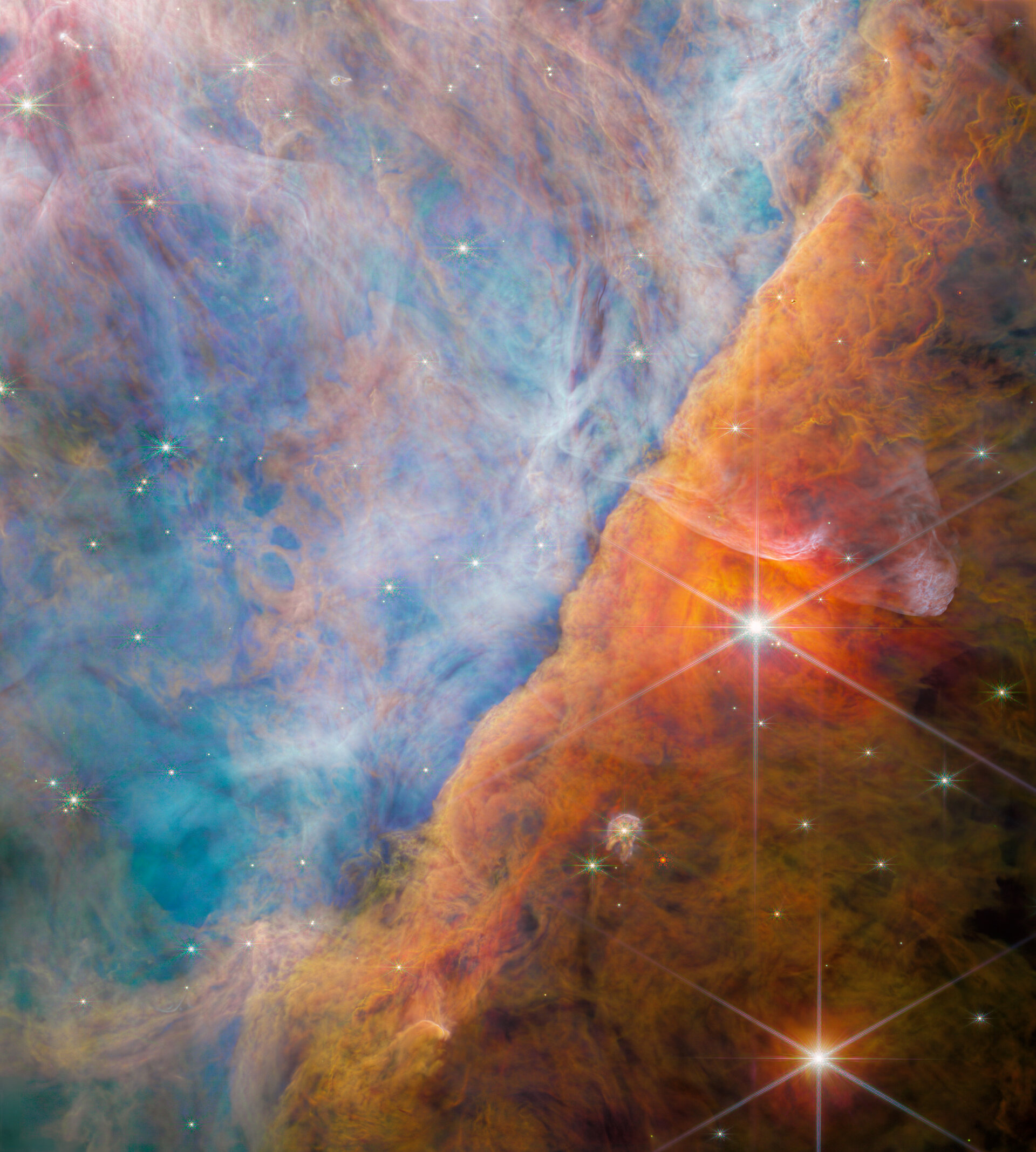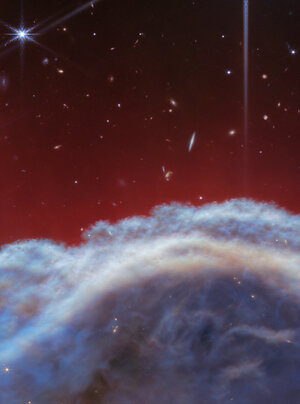Accept all cookies Accept only essential cookies See our Cookie Notice

About ESA
The European Space Agency (ESA) is Europe’s gateway to space. Its mission is to shape the development of Europe’s space capability and ensure that investment in space continues to deliver benefits to the citizens of Europe and the world.
Highlights
ESA - United space in Europe
This is ESA ESA facts Member States & Cooperating States Funding Director General Top management For Member State Delegations European vision European Space Policy ESA & EU Space Councils Responsibility & Sustainability Annual Report Calendar of meetings Corporate newsEstablishments & sites
ESA Headquarters ESA ESTEC ESA ESOC ESA ESRIN ESA EAC ESA ESAC Europe's Spaceport ESA ESEC ESA ECSAT Brussels Office Washington OfficeWorking with ESA
Business with ESA ESA Commercialisation Gateway Law at ESA Careers Cyber resilience at ESA IT at ESA Newsroom Partnerships Merchandising Licence Education Open Space Innovation Platform Integrity and Reporting Administrative Tribunal Health and SafetyMore about ESA
History ESA Historical Archives Exhibitions Publications Art & Culture ESA Merchandise Kids Diversity ESA Brand Centre ESA ChampionsLatest
Space in Member States
Find out more about space activities in our 23 Member States, and understand how ESA works together with their national agencies, institutions and organisations.
Science & Exploration
Exploring our Solar System and unlocking the secrets of the Universe
Go to topicAstronauts
Missions
Juice Euclid Webb Solar Orbiter BepiColombo Gaia ExoMars Cheops Exoplanet missions More missionsActivities
International Space Station Orion service module Gateway Concordia Caves & Pangaea BenefitsLatest
Space Safety
Protecting life and infrastructure on Earth and in orbit
Go to topicAsteroids
Asteroids and Planetary Defence Asteroid danger explained Flyeye telescope: asteroid detection Hera mission: asteroid deflection Near-Earth Object Coordination CentreSpace junk
About space debris Space debris by the numbers Space Environment Report In space refuelling, refurbishing and removingSafety from space
Clean Space ecodesign Zero Debris Technologies Space for Earth Supporting Sustainable DevelopmentApplications
Using space to benefit citizens and meet future challenges on Earth
Go to topicObserving the Earth
Observing the Earth Future EO Copernicus Meteorology Space for our climate Satellite missionsCommercialisation
ESA Commercialisation Gateway Open Space Innovation Platform Business Incubation ESA Space SolutionsLatest
Enabling & Support
Making space accessible and developing the technologies for the future
Go to topicBuilding missions
Space Engineering and Technology Test centre Laboratories Concurrent Design Facility Preparing for the future Shaping the Future Discovery and Preparation Advanced Concepts TeamSpace transportation
Space Transportation Ariane Vega Space Rider Future space transportation Boost! Europe's Spaceport Launches from Europe's Spaceport from 2012Latest


The Orion Bar region (Slider)
Thank you for liking
You have already liked this page, you can only like it once!
An international team of scientists have used data collected by the NASA/ESA/CSA James Webb Space Telescope to detect a molecule known as the methyl cation (CH3+) for the first time, located in the protoplanetary disc surrounding a young star. They accomplished this feat with a cross-disciplinary expert analysis, including key input from laboratory spectroscopists. The vital role of CH3+ in interstellar carbon chemistry has been predicted since the 1970s, but Webb’s unique capabilities have finally made observing it possible — in a region of space where planets capable of accommodating life could eventually form.
The Orion Nebula has been studied by astronomers for hundreds of years, and it has been a frequent target of the Hubble Space Telescope since its launch. This comparison shows the striking difference in views afforded by a visible-light telescope, such as Hubble, and an infrared telescope like Webb.
In Webb’s image on the left, near-infrared light is able to penetrate the dust, but the heated gas also emits its own infrared light, making for a colourful scene with filaments and cavities. On the right in the Hubble image, which was taken during 2004 and 2005, bubbles of gas appear to float in front of the thick, smoky clouds of the nebula. Numerous new stars, some with protoplanetary discs, are visible across both images.
-
CREDIT
ESA/Webb, NASA, CSA, M. Zamani (ESA/Webb), the PDRs4All ERS Team -
LICENCE
CC BY 4.0 INT or ESA Standard Licence
(content can be used under either licence)

Webb studies the Orion Nebula

Slider Tool (Webb NIRCam and MIRI images)

The Orion Bar region (upscaled MIRI image)

Horsehead Nebula (NIRCam image)















 Germany
Germany
 Austria
Austria
 Belgium
Belgium
 Denmark
Denmark
 Spain
Spain
 Estonia
Estonia
 Finland
Finland
 France
France
 Greece
Greece
 Hungary
Hungary
 Ireland
Ireland
 Italy
Italy
 Luxembourg
Luxembourg
 Norway
Norway
 The Netherlands
The Netherlands
 Poland
Poland
 Portugal
Portugal
 Czechia
Czechia
 Romania
Romania
 United Kingdom
United Kingdom
 Slovenia
Slovenia
 Sweden
Sweden
 Switzerland
Switzerland

























